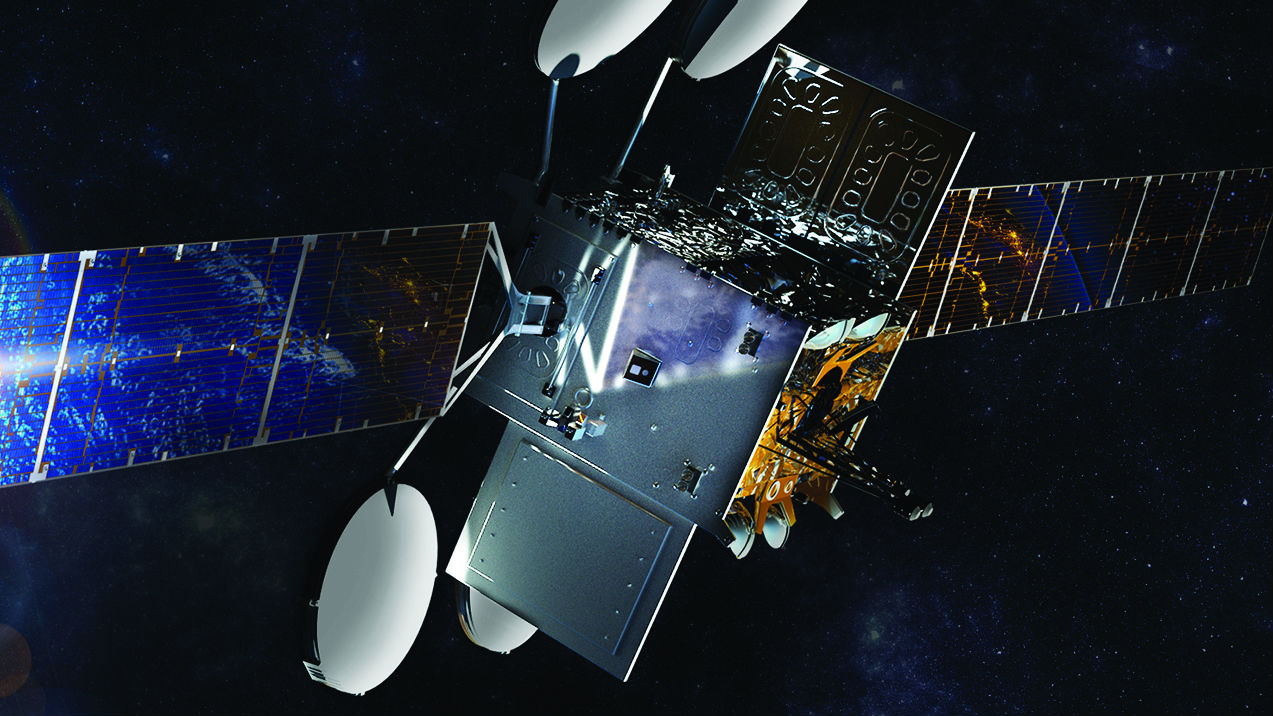Viasat: About 100K Subs on New Unlimited Data Plans

Continuing to focus on higher-speed, higher-volume services tailored for video streaming and other bandwidth-intensive apps, Viasat said almost 100,000 of its satellite broadband subs are now on its relatively new premium, unlimited plans.
Subs on those plans are using the company’s ViaSat-1 satellite and its newer, high-capacity ViaSat-2 satellite, which was launched into orbit almost a year ago and placed into service in February with the debut of a new 100 Mbps (downstream) Platinum tier in select regions. By comparison, about 43,000 subs were on those test plans (and only on ViaSat-1) at the end of Viasat’s fiscal Q3.
RELATED: Viasat Launches 100 Mbps ‘Platinum’ Tier with Unlimited Data
Viasat ended its fiscal Q4 with about 576,000 satellite broadband subs, just 1,000 fewer than it had at the end of Q3. However, those losses were offset by ARPU growth, which rose 8% year-on-year, to a record high of $71.06, reflecting an improved mix of new and existing subs picking premium service plans and value-added services, the company said.
“We're rapidly growing the number of subscribers on ViaSat-2,” Mark Dankberg, Viasat’s CEO, said Thursday on the company’s earnings call. “We currently have tens of thousands of subscribers on ViaSat-2 and network performance has largely been quite good.”
He said he expects that trend to accelerate, but acknowledged that the ViaSat-2’s antenna issue “does present some complications” and has caused delays to the rate at which Viasat can expand geographic coverage of the affected beams and add more customers to the new satellite.

That issue, discovered after ViaSat-2 was launched, impairs anticipated data performance in some cases. The preliminary estimated throughout for ViaSat-2 was 300 Gbps, but the issue has reduced that expectation by about 14%, or 260 Gbps.
Multichannel Newsletter
The smarter way to stay on top of the multichannel video marketplace. Sign up below.
RELATED: Viasat Downplays Antenna Issue Impacting ViaSat-2’s Data Performance
“We're taking a number of measures to adapt to the effects introduced by the antenna issue, we're continuing to compensate through technical, business and operational means,” Dankberg said. “Those measures will evolve over the next few months.”
For now, Viasat is not providing net add guidance on subscribers as it moves ahead with offering plans that offer more bandwidth.
Dankberg said the company is still aiming to have the first ViaSat-3 satellite in service in the second half of calendar year 2020. That satellite, to enhance coverage in the Americas, will be part of a set of satellites that will help Viasat also extend its reach in the EMEA and Asia Pacific regions.
For Q4, Viasat had revenues of $439.7 million, up 2.3%, and a net loss of $19.9 million (34 cents per share).
